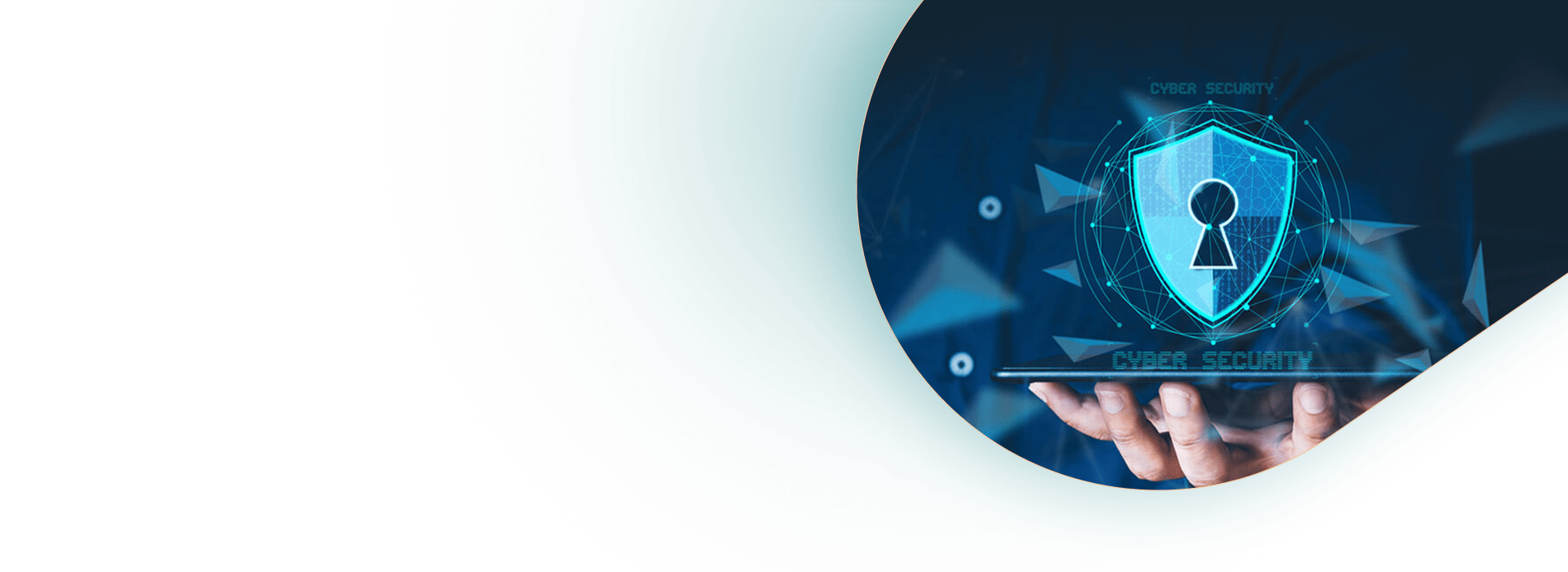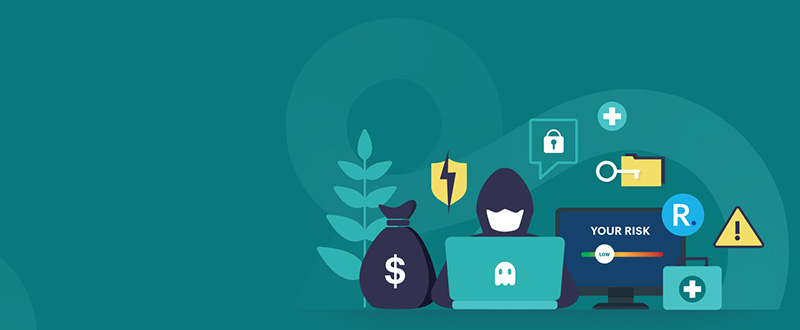In the 1980s and 1990s, as information systems grew and more individuals were linked, security systems had to advance to counter new dangers including software theft and hacking. Employers began advising their staff on ways to create strong passwords to reduce their risk of getting hacked. Worms and viruses also entered the picture, threatening to shut down entire systems.
Cybersecurity risk now is not just a trend. It is a serious ongoing threat to businesses and organisations globally. To find out more about the severity of cybersecurity attacks, read our blog on the 2021 Irish HSE attack here.
Depth of Addressing Cybersecurity Threats
How do you even begin to address threats? Threats are everywhere and some, like the recent Optus data breach in Australia, have substantial consequences. By incorporating best practices for managing risks and controls, making sure you are up to date with the latest standards, and establishing compliance with your cybersecurity policy and procedures, you may address vulnerabilities in your operations before cyber criminals can exploit them.
The next stage for an organisation to follow is to adopt the appropriate security solutions and engage with a partner who can help obtain the greatest outcomes from those tools and assist in developing a strong cybersecurity culture.
Instead of just one security solution, enterprises should ideally adopt a security platform that can provide visibility throughout the environment and effectively manage both security and network operations. By connecting various security sensors and technologies, a security fabric may give an integrated solution. This offers a more thorough and accurate real-time picture of the activity, traffic, and behavior occurring within a network of an organisation. The network is completely protected by the security fabric, from endpoint devices to core systems.
In order to defend the network, exchange threat intelligence, provide visibility, and provide robust security across access, client, application, and cloud, the security fabric method must integrate a number of components.
Instead of having to piece together information from various security technologies and then put together a picture of what this implies for the organisation, a strategic security fabric approach brings all that information to the security team’s attention and acts to defend the organisation against threats.
A single management interface that offers cooperative security warnings, recommendations, audit reports, and complete policy control across the security fabric will provide assurance that the business’s network is secure. The alternative is if an attack is successful, in which case the organisation must invest time and money resolving the problem. Even after the technical impacts of the attack have been removed, the organisation may still have to cope with reputational harm and lost productivity. As a result, remediation can be significantly more costly than prevention.
Key Tips to Build Cybersecurity Resilience
Eliminate weaknesses in your organisation’s cybersecurity defences to improve the resilience of your vital information systems and raise confidence that your policies and procedures address the most recent threats and industry best practices.
In order to improve cybersecurity resilience, organisations should prioritise three things:
- Build strong executive support – CEOs and Executive managers who are aware of cyber risk and invest in the proper people, processes, and technology are more advanced in how they manage cyber risks.
- Create a cybersecurity plan that is routinely examined – a good cybersecurity strategy should be aligned with industry leading frameworks and standards such as NIST, CSF, NIST RMF, ISO 27001, NIST 800-53, ISO/IEC 27001 and 27002.
- Safeguard critical business services and assets — organisations need to understand how data sets are being protected and have the proper plan in place to recover key systems and keep services available in the event of an attack, outage, or breach.”
If you have any concerns about aligning your organisation with industry frameworks and standards, or if you’re looking to enhance your cybersecurity strategy, we are here to assist you on this journey. Speak to our experts to learn how Camms GRC software solutions can support your alignment to industry frameworks and standards. You can schedule a meeting with one of our experts here.
Navigate Cybersecurity with Camms
Camms’ cybersecurity risk management capabilities span areas including:
- Management of cybersecurity risk in a systemised and transparent way: we enable the identification of varying types of cybersecurity risks , risk and control assessment and remediation. Controls can be linked to the causal factors and consequences of risk events, that enable a bow-tie analysis of an organisation’s cybersecurity risks. Risk treatment actions can be created and tracked against each risk, with completed treatments, where appropriate, able to be converted to controls for ongoing monitoring.
- Real-time visibility of risks and controls: Our dashboards and reports ensure that cybersecurity risks are visible at all levels of your business. We enable executives, boards and business unit leaders to understand the complex world of cybersecurity risks through clean and easy to understand interactive heat maps and dashboards, whilst enabling GRC professionals to layout their organisation’s risks in easy to use and track risk registers.
- Manage cybersecurity compliance obligations i: Camms.Compliance allows organisations to manage obligations linked to internal policies and external authority documents. Integrations with regulatory compliance using Camms APIs, including LexisNexis provide crucial capabilities to receive automated compliance obligation updates.
- Cybersecurity incident management: incidents or breaches can be integrated with third-party monitoring and ticketing tools, to automatically create incidents based on events or tickets, and complete the investigation, root cause analysis and remediation action follow up via Camms.Incident. Linking incidents to risks enables analysis of potential controls that are failing, and links to compliance obligations can flag compliance breaches and potential exposure.
- Cybersecurity audit management: track recommendation actions resulting from internal or external cybersecurity audits, with the ability to link back to respective cybersecurity risks and risk treatment actions where relevant. This provides complete end-to-end traceability and enables reporting to key stakeholders.
If you are an existing Camms user, it might be worth asking the question “am I making the most of my Camms GRC solutions?”, whether it is to more effectively align with industry frameworks and standards or to link up cybersecurity risk, obligations, incidents and audits.
If you’ve got any concerns about your current cybersecurity approach through Camms GRC solutions or are looking at what more you could be doing to support your management and oversight in this area, Camms are here to help. Book a consultation today by visiting our Virtual Consulting page here.










